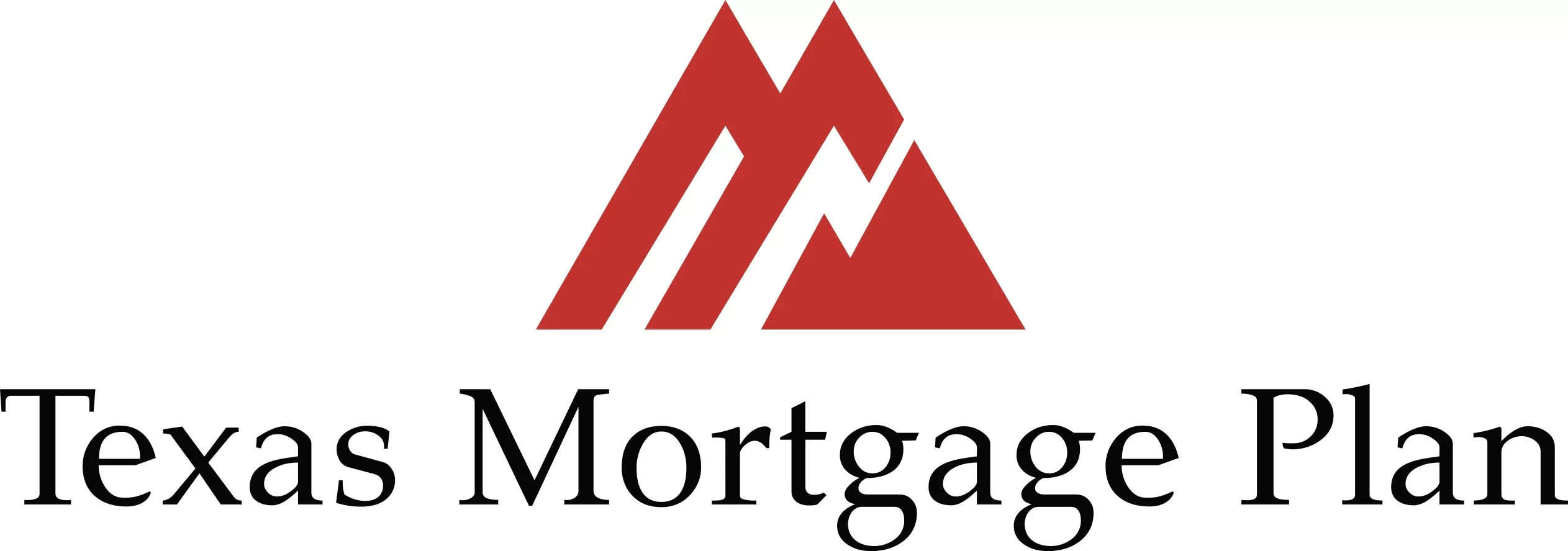The Mortgage Closing Process
The mortgage closing process can feel overwhelming, read below to get a better understanding of what to expect and key documents.
Pre-Closing
After receiving the clear to close from your mortgage lender, you should confirm the loan closing date. An estimated closing date was probably specified in the sale contract, but a firm date needs to be set by you, the home seller, and your lender. You want to make sure the settlement takes place before your loan commitment expires and before any rate lock agreement (guaranteed terms of the loan) expire.
The settlement date also has to allow adequate time to assemble all of the required documentation. If repairs or property maintenance are a part of the lender’s commitment, there must be time to complete them. The real estate agents and the lender are often the best people to coordinate the closing arrangements.
What to Expect
- Verify documents and confirm deadlines Countdown
- Final walk through
- Countdown
- The APR on the loan changes by more than 1/8th of a percent (most fixed loans) or 1/4th of a percent (most adjustable rate loans).
- Prepayment penalty is added to mortgage
- Change of product (fixed to adjustable)
Closing Process
The mortgage closing process (also called the mortgage settlement) is the final step in the home loan process.
At closing, you’ll sign the mortgage loan documents, the seller will execute the deed to the property, funds will be collected and disbursed, and the closing agent will record the necessary instruments to give you legal ownership of the property. Settlement of a mortgage loan is a legal process, so specific procedures and requirements will vary according to state and local laws, but a general description of closing practices can help you through the process.
What to Expect
Closing on a house and transferring ownership of a property is an involved process, so expect to set aside a few hours to verify loan documents and sign papers at the closing table. This process can take anywhere from an hour to several hours depending on the complexity of the transfer and who is involved.
In this final step, expect to:
- Review every document in detail
- Present cashier’s check for down payment or closing costs
- Sign the final mortgage loan documents
- Take ownership of the property
Title documents Title insurance ensures that the seller is the legal owner of the property and that there are no claims, liens, or pending judgments against the property that would prevent you from taking ownership. The title is issued before closing, but you are required to pay for it at the closing table.
Every lender requires title insurance. The company issuing the title insurance policy will have researched legal records on the property to ensure that you are receiving “clear title” — or ownership — to the property upon transfer. Title companies may offer both a lender’s policy and an owner’s policy. A lender’s policy is required, but it’s a good idea to have an owner’s policy as well protecting you up to the property’s full if fraud, a lien, or faulty title is discovered after closing.
Other / additional documentation
Additional documentation required for closing will be set out in the commitment letter from the lender and will depend upon terms of the sale, peculiarities of the property, and local ordinances. Examples would include private road maintenance agreements if the street in front of your property is not maintained by a municipality or proof of sale of your previous home if that was a condition of your loan approval.
The following documents are less common, but can also be included in the mortgage closing process:
Regardless if the documents are lender or state requirements, they should not be taken lightly. Some include criminal penalties for false information, and some may give the lender the right to “call” your loan, meaning the entire loan amount becomes immediately due and payable. So, take your time and ask questions if you need clarification.
Once everything has been signed and the closing agent is satisfied that all closing instructions have been completed, you are ready to close. Congratulations home buyer, you’ve finally become a homeowner!

